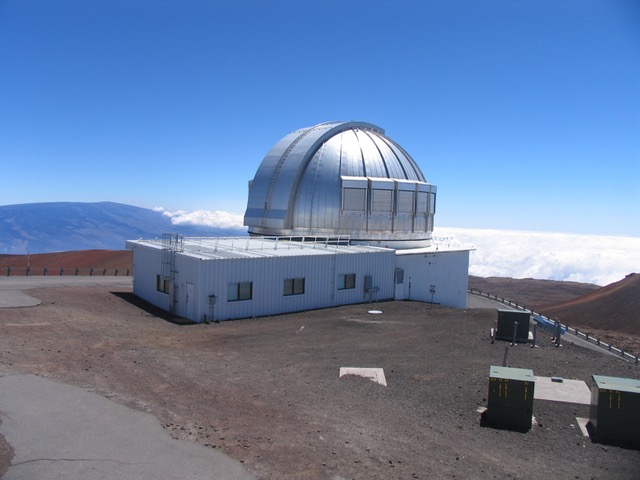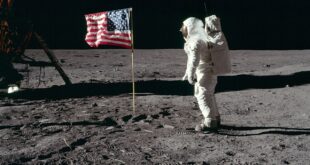
Ibadan, 7 February 2023. – Armagh Observatory and Planetarium has co-authored a research paper that outlines the discovery of ultra-hot hydrogen molecules in interstellar space. The discovery is the culmination of four decades of research. Published in January 2023 by the journal of Astronomy and Astrophysics, the paper, titled ‘Analysis of the first infrared spectrum of quasi-bound H2 line emission in Herbig-Haro 7,’ is based on data from the Gemini North telescope in Hawaii. Furthermore, it builds on decades of research with the UK Infrared Telescope (UKIRT) telescope, also in Hawaii.
The paper describes how the research group found hydrogen molecules with temperatures of around 5,000 degrees in clouds of shocked gas in interstellar space. According to the release, Hydrogen molecules are usually in the very coldest places of interstellar space, where they can be just 10 degrees above absolute zero. New stars can form in such clouds from the collapse of this cold gas under gravity.
Occasionally, shock waves from jets and winds that the newly formed young stars produce can heat the gas to temperatures of around 2,000 degrees. This consequently stimulates the energy levels of the hydrogen molecules, causing them to emit at infrared wavelengths. However, the temperatures of some hydrogen molecules in the new research paper are more than twice as hot as this, at 5000 degrees. Temperatures of 5000 degrees should tear the molecules apart. As a result, this challenges the current understanding of how interstellar shockwaves work.
Professor Michael Burton, Director at Armagh Observatory and Planetarium, co-authored the paper. He opined, “This is an incredible discovery that we very much unexpected. We have witnessed emissions arising from a state that should not exist under classical conditions. We have, in the process, created a new mystery as we ponder what causes hydrogen molecules to become so hot and how they can survive these temperatures.”





